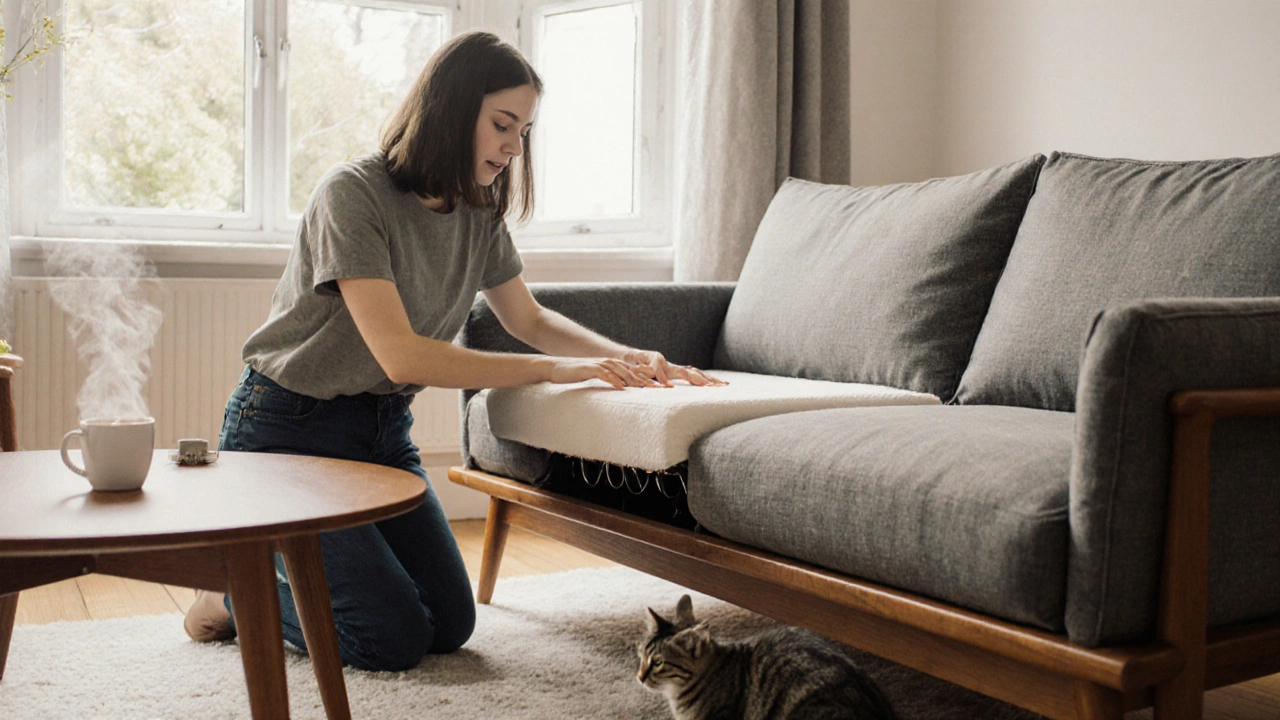Everyone wants a nice living space, but not everyone wants to spend a fortune. The good news is you can get great looks for less if you know where to look and how to think about furniture. Below are simple, proven ideas you can start using today.
First, set a clear budget before you walk into a store or click a link. Knowing the max you’re willing to spend stops you from adding impulse items that quickly blow the limit.
Next, compare three places before buying: a local bargain shop, an online marketplace, and a second‑hand site like Facebook Marketplace or Gumtree. Often the same sofa or coffee table appears at three different price points. Pick the cheapest one that meets your quality needs.
Look for sales that line up with product cycles. In the UK, many retailers discount outdoor patio sets in late autumn as they clear space for winter stock. That’s the perfect time to scoop up weather‑resistant pieces that will last for years.
When you see a “discount” tag, check the material. A cheap‑looking frame made of solid hardwood or powder‑coated steel will outlive a cheap‑plastic alternative, even if it costs a bit more. The extra spend is an investment that pays off when you don’t have to replace the item soon.
Before buying anything new, see what you already have that could be repurposed. An old bookshelf can become a stylish room divider, or a sturdy wooden pallet can be turned into a coffee table with a bit of sanding and a coat of paint.
Use cushions and throws to change the vibe of a sofa without swapping the whole piece. A bright cushion can make a plain sofa feel fresh, and a slipcover protects the upholstery so you can keep the sofa for longer.
Consider alternatives to pricey furniture staples. Instead of an expensive office chair, a yoga ball or a kneeling chair can give you comfort at a fraction of the price. The same principle works for bedroom storage: a storage bed with built‑in drawers saves money on a separate dresser.
When you need a new sofa, think about durability over trends. Our own research shows that sofas with hardwood frames, high‑density foam cushions, and tightly woven fabric or leather last 5‑7 years longer than cheap‑frame options. Even a modestly priced sofa that meets these criteria will save you money in the long run.
Finally, protect your purchase. Use coasters, pet covers, and gentle cleaners to keep furniture looking new. A little upkeep prevents stains and wear, so you won’t need a replacement sooner than expected.
By following these cheap furniture tips—budget‑first shopping, smart material choices, repurposing what you have, and caring for each piece—you’ll create a comfortable, stylish home without emptying your wallet. Ready to start? Grab a notebook, set a price ceiling, and hunt those hidden deals. Your perfect space is just a few smart choices away.

Learn how to spot a cheap couch by checking frame, springs, foam density, upholstery, stitching, warranty, and price. Follow practical tests, maintenance tips, and a quick buying checklist.
More